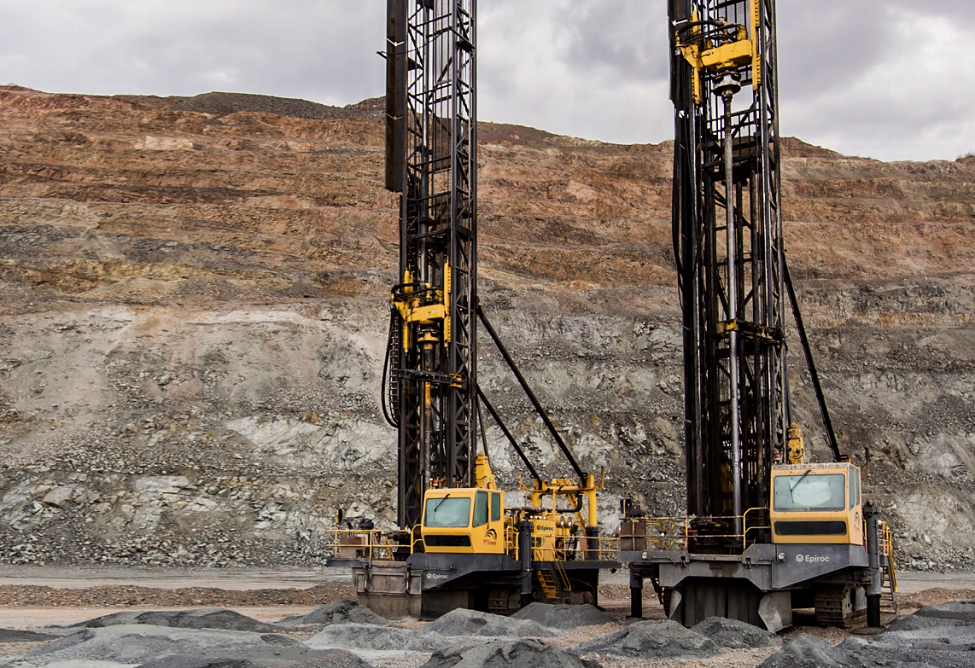Nevada King drills 41.2 metres of 1.03 g/t gold at Atlanta gold mine, Nevada

Nevada King Gold Corp. [NKG-TSXV; VKMTF-OTCQX] reported results from 10 additional reverse circulation (RC) drill holes at its 100%-owned, past-producing, Atlanta gold mine project 264 km northeast of Las Vegas, Nevada in the prolific Battle Mountain trend. The new drilling extended gold mineralization approximately 200 metres southeast of the historical Atlanta open pit and remains open to the south.
Highlight assays from these 10 vertical reverse circulation holes include intercepts of 41.2 metres grading 1.03 g/t gold in hole AT21-45 starting at 50.3 metres depth and bottoming in mineralization; 12.2 metres grading 1.78 g/t gold in hole AT21-046 starting at 7.6 metres depth; and 15.2 metres grading 1.01 g/t gold in hole AT21-069 starting at 3 metres depth.
These intercepts confirm historical gold mineralization reported in RC holes drilled in the 1980s that are not included in the 2020 Gustavson Associates pit-constrained resource model.
The current drill campaign has now extended drill-defined gold mineralization to approximately 560 metres north and 200 metres south of the historic Atlanta open pit, covering a total strike length of over one km. This target remains open to the north and south where further step-out drilling is planned.
Today’s results are located within the confines of the Gustavson 2020 conceptual open pit but, importantly, are not currently included in the pit-constrained resource model, thus increasing mineralized tonnage while decreasing strip ratio in a potential mining scenario.
Cal Herron, exploration manager, stated: “Drill holes completed by Nevada King along cross-section A-A’ revealed potential for extending the 2020 Gustavson resource beyond the model’s boundaries to both the south and east. Today’s release of 10 new holes drilled south of section A-A’ confirm the further extension of gold mineralization 200 metres south of the historic pit.
“The mineralized horizons display good continuity between the sections and along trend northward into section A-A’. Holes AT21-051 through AT21-053 drilled south of section E-E’ indicate mineralization continues to the south within a fault block that was raised 17 metres relative to section D-D’. South of this fault, the Atlanta mine fault zone was displaced westward. There is clearly a high probability that gold mineralization extends southward in ground that was historically never sampled nor drill tested because of post-mineral cover and old structural models.
“Future drilling is planned to test this new target including angle holes to test interpreted high-angle structures similar to those observed along the southern benches of the Atlanta pit. Limited historical angle drilling in this area returned good grades and thicknesses. Kinross RC hole KR98-12 returned two mineralized intervals: 27.4 metres at 0.787 g/t gold starting at 6.1 metres hole depth, and 24.4 metres at 0.66 g/t gold starting at 57.9 metres hole depth.”
The 2020 Gustavson work estimated a pit-constrained Measured and Indicated Resource of 460,000 oz gold grading 1.3 g/t gold and an Inferred Resource of 142,000 oz gold grading 0.83 g/t gold.
